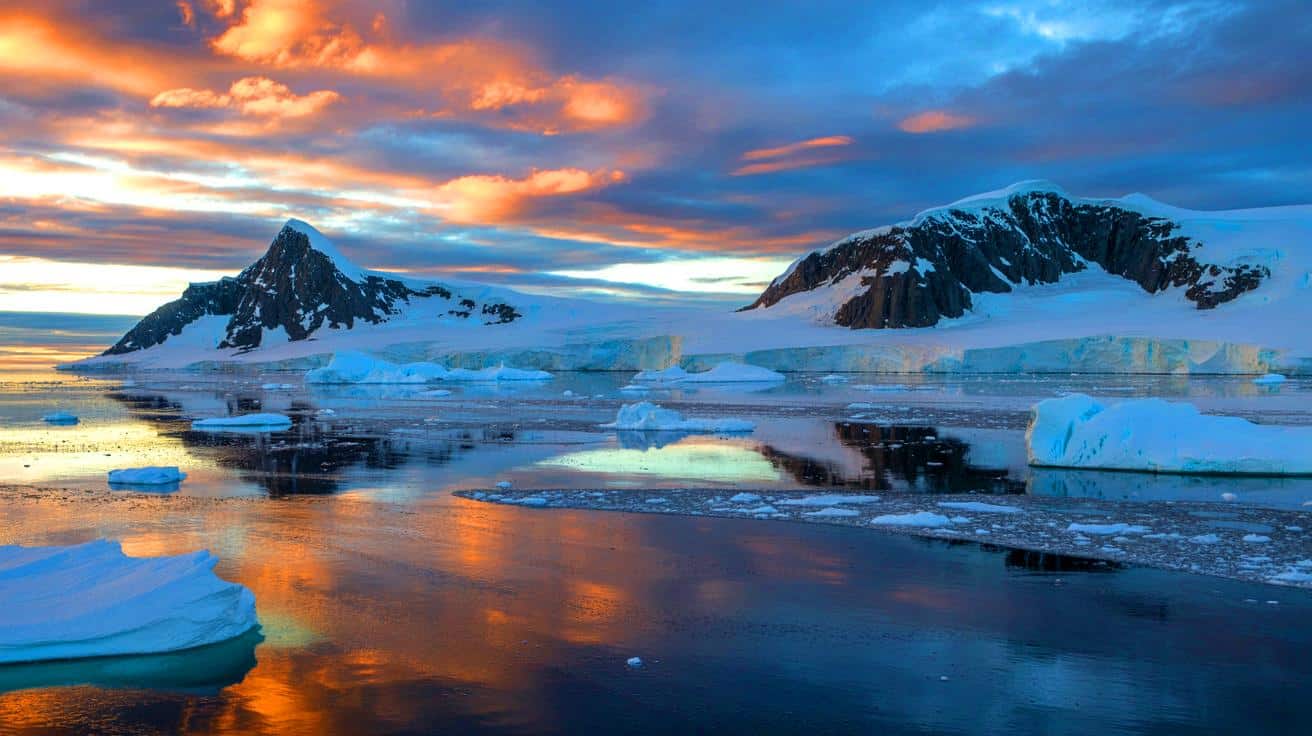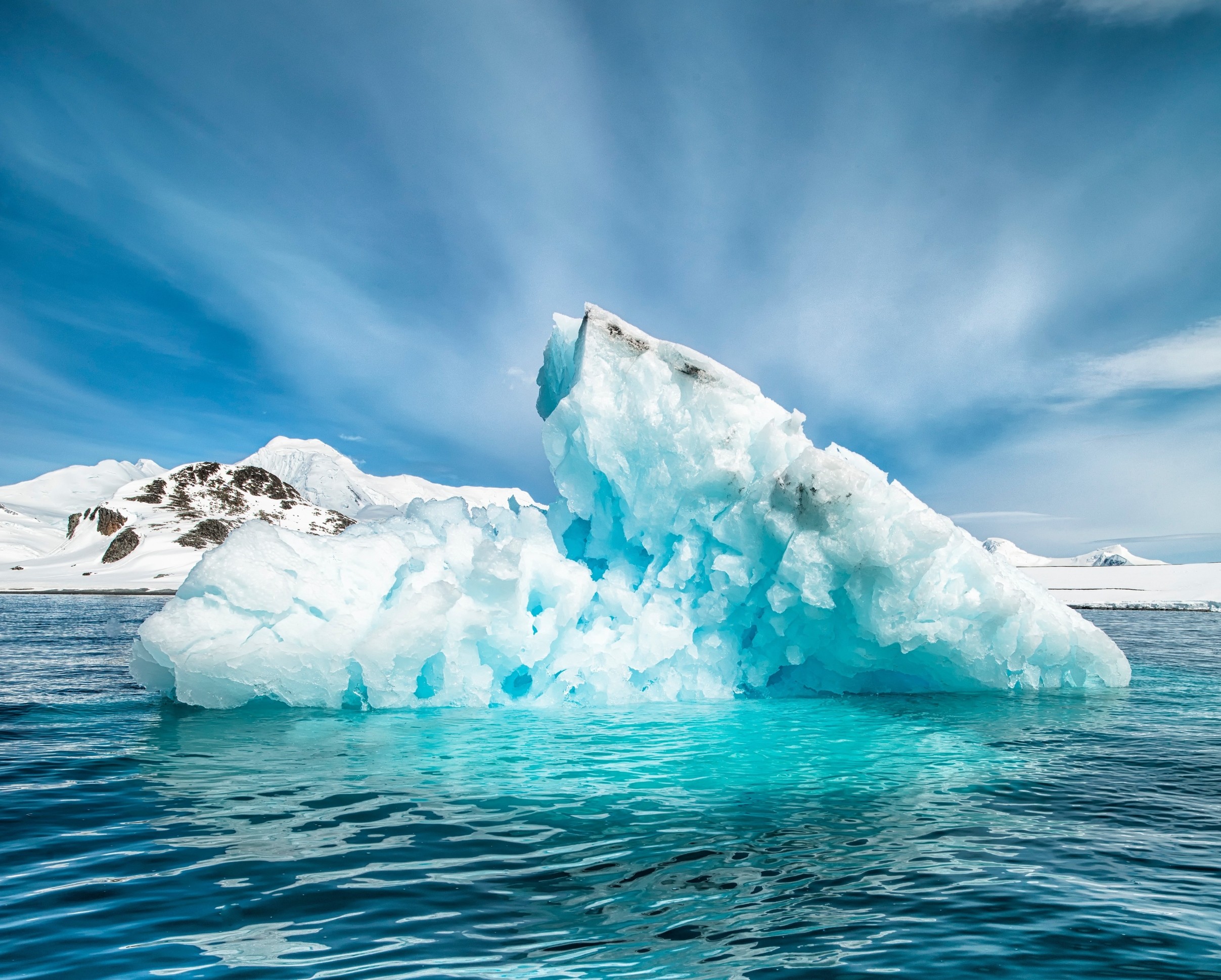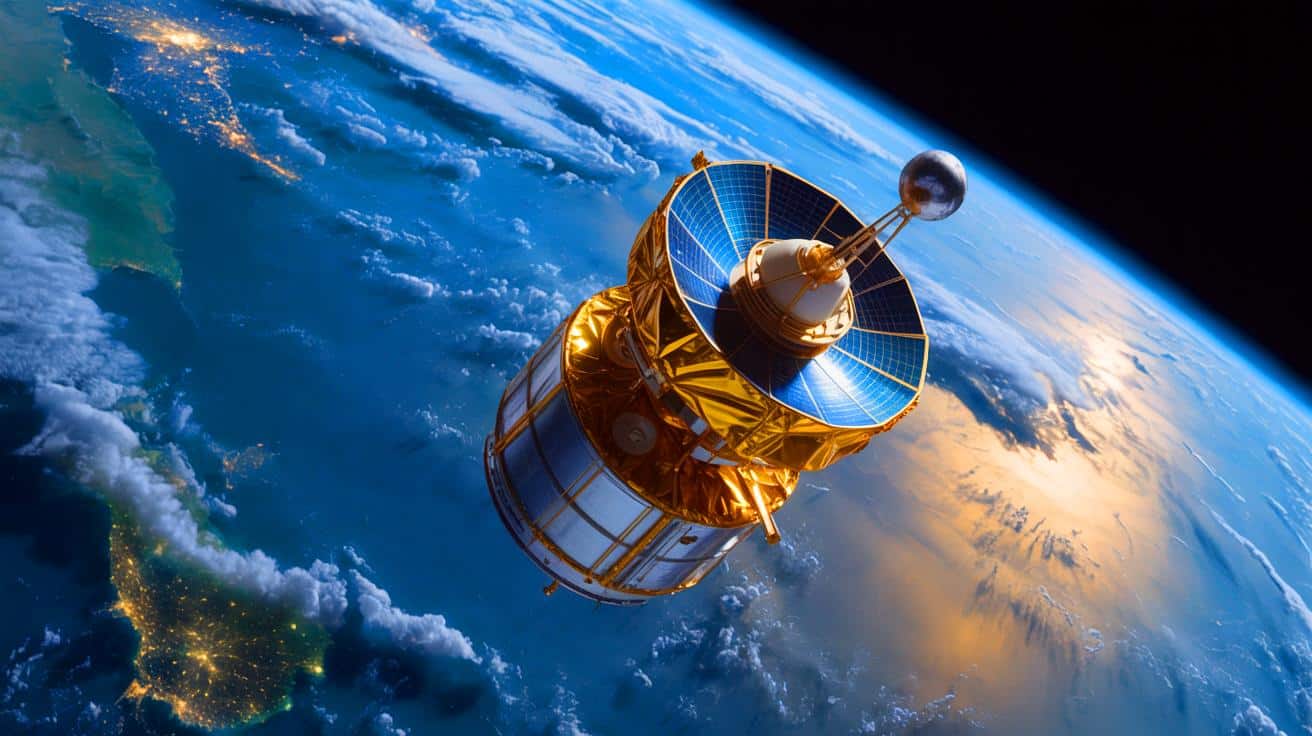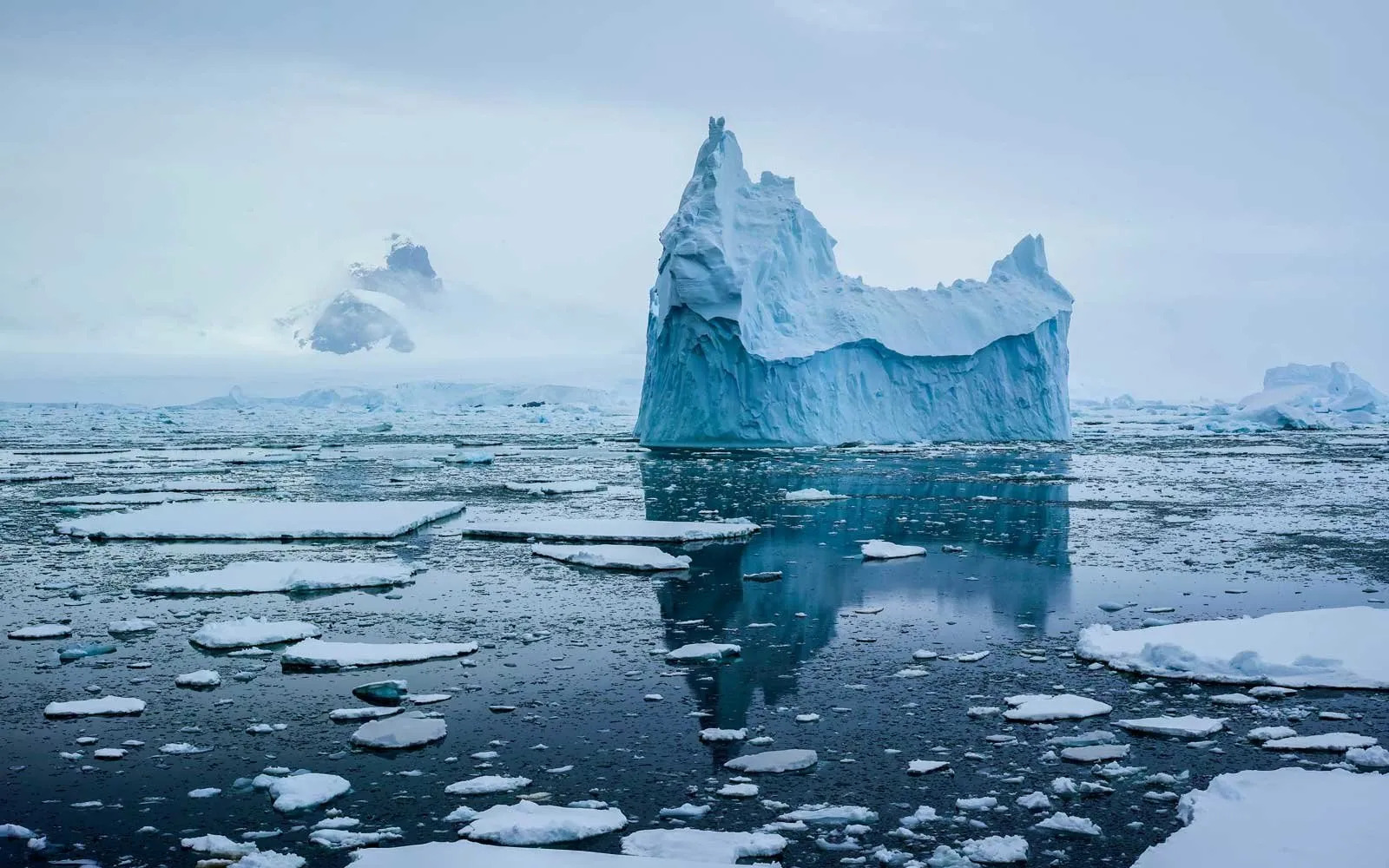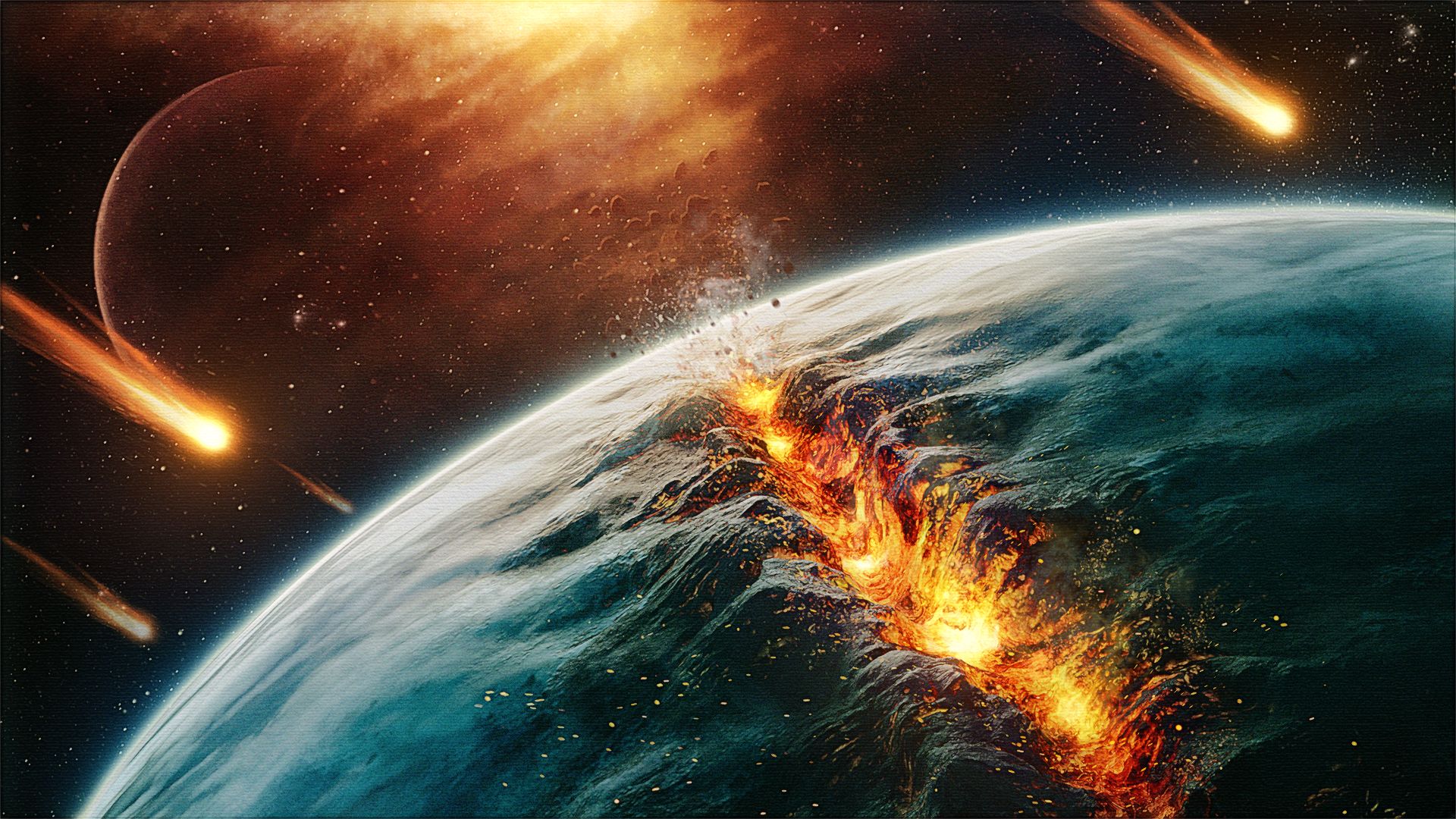Ancient Microbes Awakening in Melting Permafrost Could Fuel Climate Catastrophe!

Far beneath the icy expanse of the Alaskan tundra, a shocking revival is taking place—a revival that could spell disaster for our climate! Yes, you heard it right! Life, long dormant in the frozen grip of permafrost for tens of thousands of years, is waking up as the Arctic warms.
Permafrost isn’t just frozen ground; it’s a natural time capsule and a colossal reservoir of carbon—more than what’s currently in our atmosphere! As this icy tomb begins to thaw, the ancient microbes entombed with woolly mammoths and bison start to awaken and break down organic matter, potentially releasing massive amounts of carbon dioxide and methane, two potent greenhouse gases.
To unravel these mysteries, a team of scientists ventured into the U.S. Army's Permafrost Tunnel near Fairbanks, Alaska. This unique tunnel, hundreds of feet deep, holds a treasure trove of ancient organic material. The walls are lined with remnants of the past—fossilized plants and animals—that, while smelling like an old basement, are a goldmine for microbiologists eager to understand the potential impacts of thawing permafrost.
Led by researchers from CU Boulder, scientists extracted soil cores up to 42,000 years old, eager to see how these ancient microbes would respond to thawing conditions. Their methods involved thawing the samples with water enriched with "heavy" hydrogen, allowing researchers to track microbial growth. And what they found was fascinating. The microbes weren’t rushing back to life; instead, they stirred slowly, with only a fraction of cells regenerating in the first month. In contrast, typical lab bacteria can multiply numerous times within hours!
This slow comeback has its advantages. If permafrost thaws and then refreezes before the microbes become fully active, significant amounts of carbon might remain trapped. However, after six months, a dramatic transformation occurred. The microbial communities morphed entirely, evolving into new ecosystems—proof that thawing alters the underground life equation.
But that’s not all; the soils revealed clues about survival strategies. These ancient microbes adapted to nutrient-poor environments, favoring glycolipids instead of phospholipids to maintain cell stability in freezing temperatures. This adaptation has allowed life to persist in permafrost for millennia.
As temperatures rise, the situation becomes even more critical. The thawing process doesn’t simply release new gases; it reveals ancient gas trapped for ages, complicating our understanding of greenhouse gas contributions. Methane production, a key factor in climate change, may take longer than expected, with some studies suggesting it could take nearly a year before measurable emissions begin.
Prof. Sebastian Kopf from CU Boulder emphasizes the global implications of these findings, pointing out that the thawing of permafrost represents one of the biggest unknowns in climate responses. While the slow revival of microbes suggests that immediate thawing won't instantly result in massive emissions, extended thawing periods could lead to new active ecosystems capable of releasing carbon at alarming rates.
This research highlights the urgency of addressing fossil fuel emissions now. As Arctic summers lengthen, the chances of ancient microbes waking up increase, potentially accelerating climate change. The ancient world is stirring, and when it does, the ramifications for our climate could be profound.
For those curious about the intricate relationships between thawing permafrost and climate change, this groundbreaking research has been detailed in the Journal of Geophysical Research Biogeosciences.















